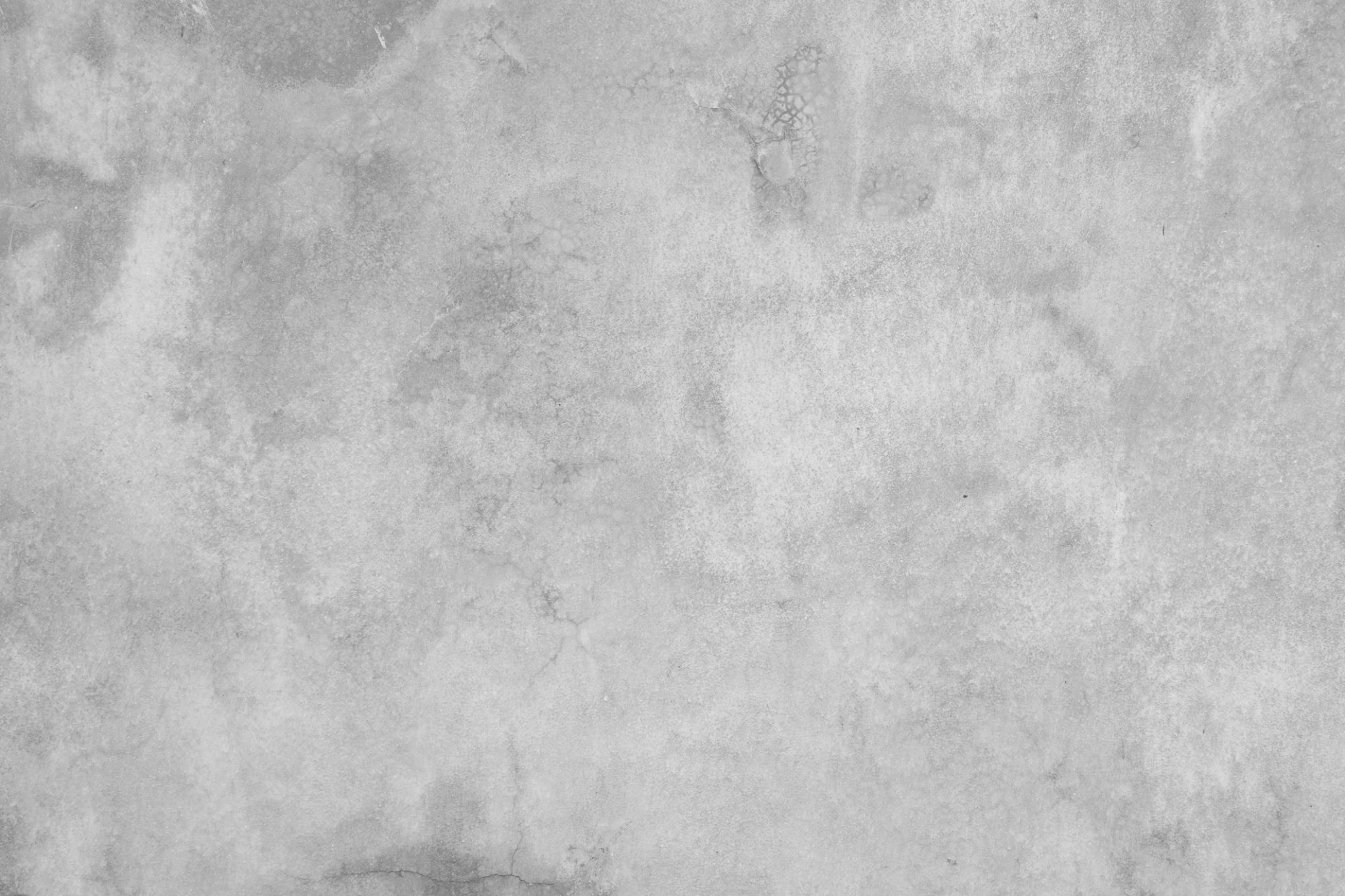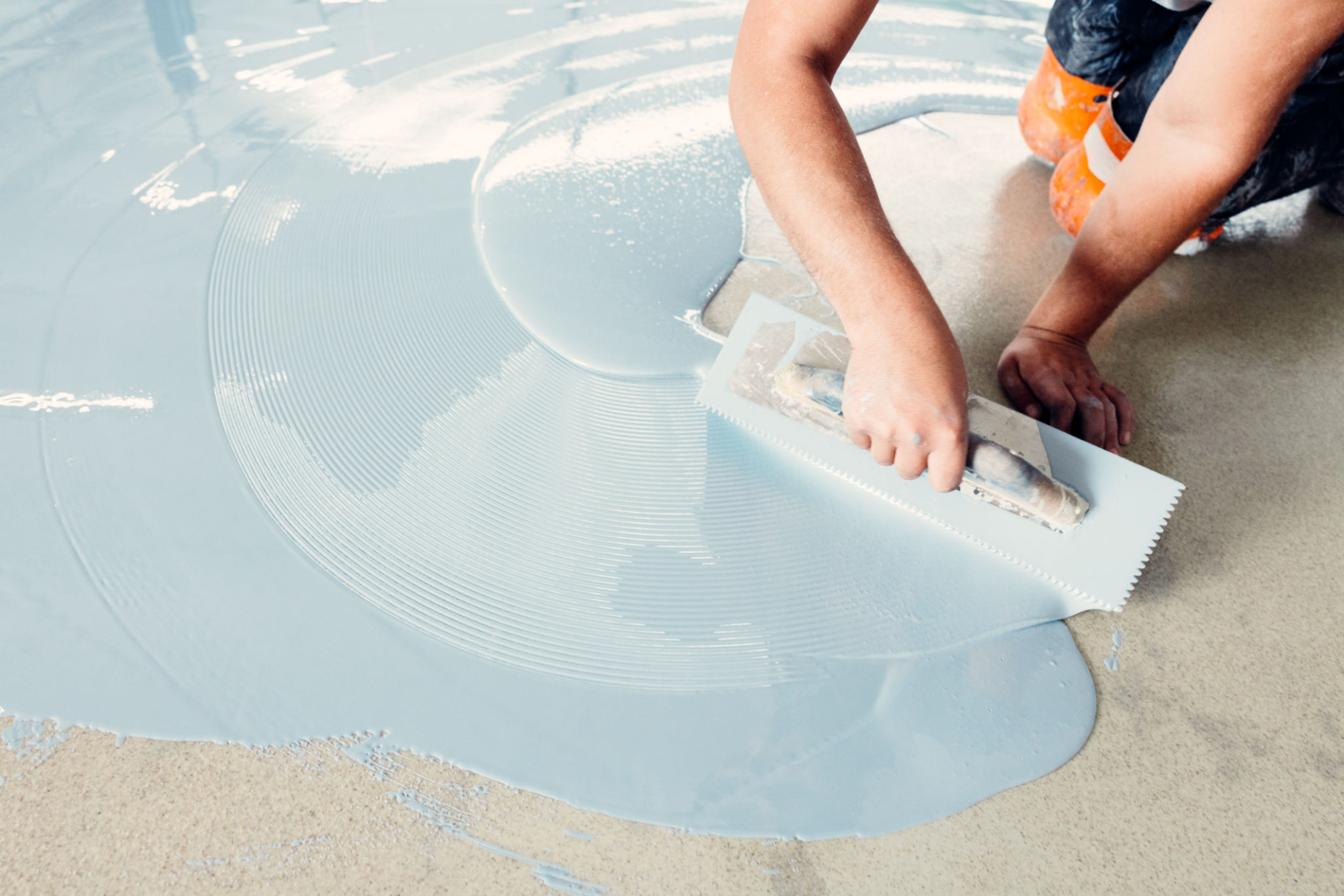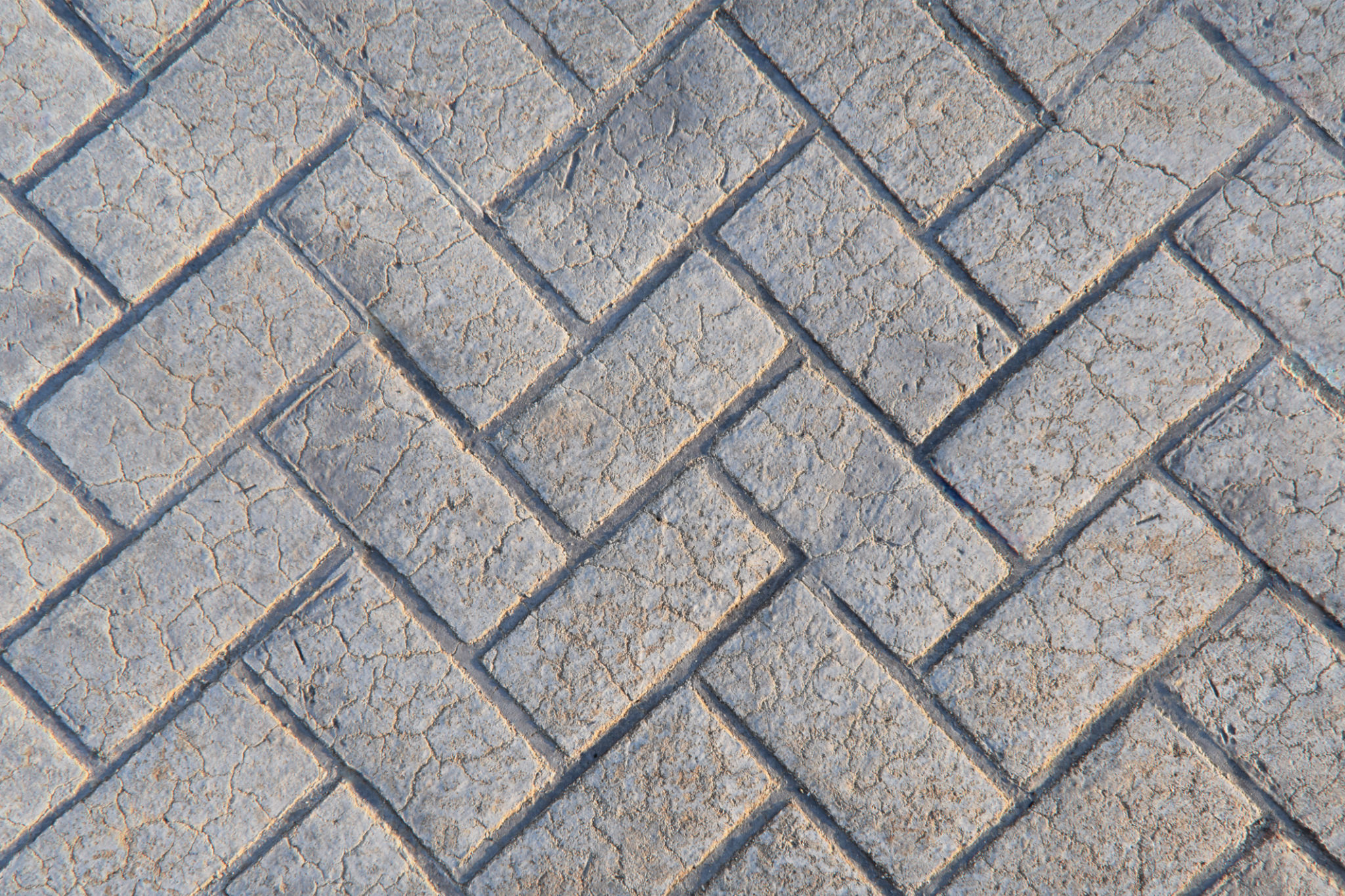Myth-Busting: Common Misconceptions About Concrete
Concrete is Always Gray
One of the most pervasive myths about concrete is that it is always gray. While gray is the traditional color due to the natural composition of cement, advances in technology have allowed for a wide range of color options. Today, builders can choose from a variety of pigments and dyes to create concrete in almost any color imaginable.
These color options not only enhance the aesthetic appeal but also allow concrete to complement diverse design schemes. From vibrant hues to subtle earth tones, the possibilities are endless.

Concrete is Not Environmentally Friendly
Another common misconception is that concrete is harmful to the environment. While it is true that concrete production has a carbon footprint, significant strides have been made to reduce its environmental impact. Innovations like carbon capture technologies and the use of recycled materials in concrete production are making it more sustainable.
Moreover, concrete's durability and thermal mass contribute to energy efficiency in buildings, reducing the need for heating and cooling. This long lifespan means less frequent replacement and lower overall environmental impact.
Concrete is Unbreakable
Many people believe that concrete is indestructible, but this is not entirely accurate. While concrete is incredibly strong, it can still crack and deteriorate over time due to various factors such as weather, poor installation, or inadequate maintenance.
Proper care and regular maintenance are essential to extend the lifespan of concrete structures. Techniques like sealing, cleaning, and timely repairs can help prevent damage and ensure durability.

Concrete Takes Forever to Cure
It's a common belief that concrete takes an eternity to cure. In reality, concrete reaches most of its strength within a few days. However, it continues to cure and gain strength over time. Initial curing typically occurs within a week, while full curing can take up to a month.
Understanding the curing process is crucial for timing construction projects accurately. Factors such as temperature and humidity can influence curing times, so planning accordingly is essential.
The Role of Admixtures
Admixtures are additives used to modify the properties of concrete, such as setting time and strength development. These can significantly affect how quickly concrete cures and adapts to different environmental conditions.
Concrete Does Not Require Maintenance
The idea that concrete requires no maintenance is another myth that needs debunking. Like any other building material, concrete benefits from regular upkeep. Simple practices such as cleaning spills promptly and sealing surfaces can prevent damage and extend its life.

Addressing Cracks Early
Catching cracks early can prevent them from becoming larger issues. Many products on the market are designed specifically for repairing minor cracks in concrete surfaces, ensuring they don't lead to structural problems.
Concrete is Only for Industrial Use
While concrete is indeed a staple in industrial applications due to its strength and durability, it has found a beloved place in residential settings as well. From elegant countertops to polished floors, concrete's versatility allows it to be used creatively in homes.
This adaptability makes it suitable for both functional and decorative purposes, thus broadening its appeal beyond warehouses and factories.
Decorative Concrete Options
Decorative techniques such as stamping, staining, and polishing have opened up new possibilities for using concrete in aesthetically pleasing ways. These methods can mimic the look of stone, tile, or even wood, providing a stylish yet durable option for homeowners.
